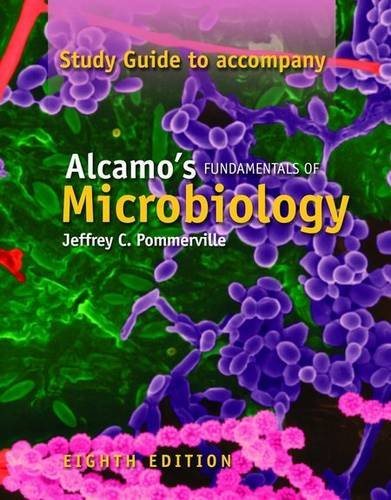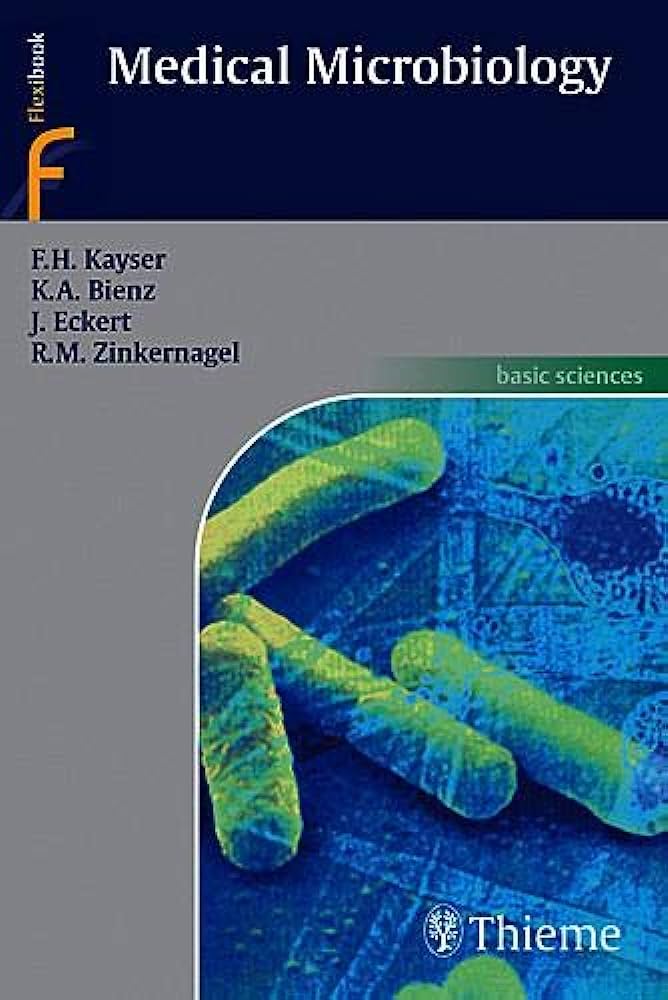Электронная библиотека
A Photographic Atlas for the Microbiology Laboratory

- Michael J. Leboffe A Photographic Atlas for the Microbiology Laboratory: 4th Edition. – Englewood,: Publisher Morton Publishing Company. 2011. - 256p.
-
Аннотация
This full-color atlas is intended to act as a supplement to introductory microbiology laboratory manuals. It is not designed to replace them, nor is it intended to replace actual performance of the techniques. Rather, the photographs are supplied to help with the interpretation of results. The third edition of the Photographic Atlas for the Microbiology Laboratory is one of the best selling microbiology books in the higher education market. The authors have built on the success of this book by making significant improvements for the new edition. Some of the changes for the fourth edition include: A new art program designed to increase student understanding of important concepts A new "Introduction" chapter provides context and background information for the new microbiology student Re-organized content to reflect the "process" a working microbiologist would follow to identify an unknown organism Three new chapters covering the three domains: Bacteria, Archaea, and Eukarya New photographs, re-scanned and or re-imaged photos and new photomicrographs that match more closely what students are likely to observe in the laboratory A complete redesign that should allow the student to better access the material This atlas can accompany and augment any Microbiology textbook. It is designed to be of particular value to students in a laboratory situation and could either accompany a laboratory manual or, in certain courses, it could be used in conjunction with Exercises for the Microbiology Laboratory, Fourth Edition. to provide students with a full-color, affordably priced lab manual. 3-hole drilled.
Alcamo's fundamentals of microbiology

- Pommerville, Jeffrey C. Alcamo's fundamentals of microbiology: 8th Edition. – Sudbury,: Jones and Bartlett Publishers, 2007. - 950 p.
-
Аннотация
Updated with additional material for the new Eighth Edition, this popular lab manual offers thirty-four multi-part lab exercises designed to provide students with basic training in the handling of microorganisms, while exploring microbial properties and uses. This lab manual can also be used independently of the main text. An instructor's manual, downloadable from the Web, accompanies the lab manual and provides principles of lab safety; research topic ideas, information on customizing laboratory programs with the manual; helpful suggestions for setting up and running each exercise; and lists of laboratory media, cultures, and special materials used in each exercise.
Medical Microbiology

- Fritz H. Kayser, M.D. Medical Microbiology- Stuttgart, 2005. - 725 p.
-
Аннотация
While medical and hygienic developments have driven down the mortality rates of infectious diseases, pathogenic microorganisms are still a major factor in everyday clinical practice. They are still the most frequent cause of death in Third World countries. New and incurable infectious diseases are a worldwide problem. It is inescapable, therefore, that modern medicine must redouble its efforts to understand the relationship between microorganisms and humans and continue to lead the search for new therapies. The following five subject areas are covered: Immunology Bacteriology Mycology Virology Parasitology This book provides a clearly focused and richly detailed review of the entire field of medical microbiology. It is both a textbook for students of medicine and dentistry and a useful companion for medical technicians and laboratory assistants, both at school and in the laboratory. It will also serve as a handy work of reference for clinical practitioners. The book is structured with teachability in mind: The many color illustrations and microscopic images render complex themes readily accessible. Summaries at the beginning of every chapter, a color-coded reference guide and detailed diagnostic tables make this an excellent sourcebook for rapid learning and quick reference. A list of important internet addresses in the appendix will help the book's users keep abreast of cutting-edge research.
Essential Microbiology

- Stuart Hogg Essential Microbiology:– Chichester: John Wiley & Sons Ltd, 2005. – 481 p
-
Аннотация
Essential Microbiology Edition is a fully revised comprehensive introductory text aimed at students taking a first course in the subject. It provides an ideal entry into the world of microorganisms, considering all aspects of their biology (structure, metabolism, genetics), and illustrates the remarkable diversity of microbial life by devoting a chapter to each of the main taxonomic groupings. The second part of the book introduces the reader to aspects of applied microbiology, exploring the involvement of microorganisms in areas as diverse as food and drink production, genetic engineering, global recycling systems and infectious disease. Essential Microbiology explains the key points of each topic but avoids overburdening the student with unnecessary detail. Now in full colour it makes extensive use of clear line diagrams to clarify sometimes difficult concepts or mechanisms. A companion web site includes further material including MCQs, enabling the student to assess their understanding of the main concepts that have been covered.
